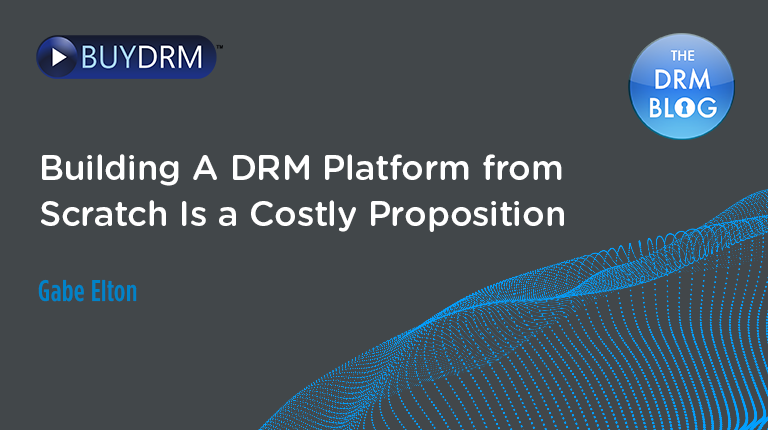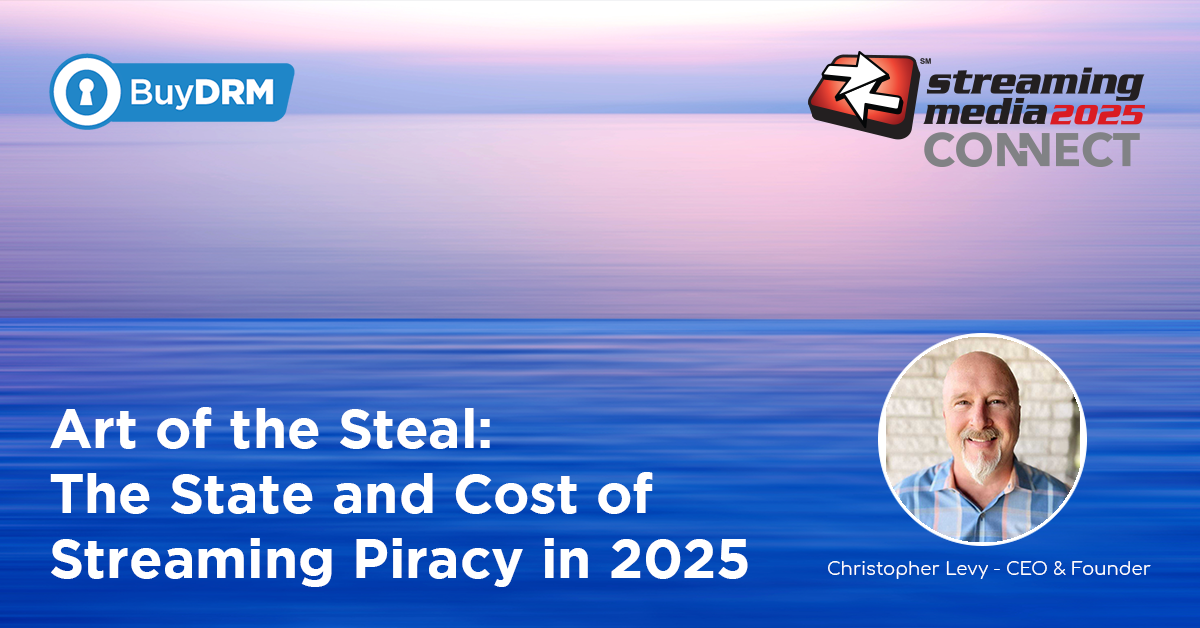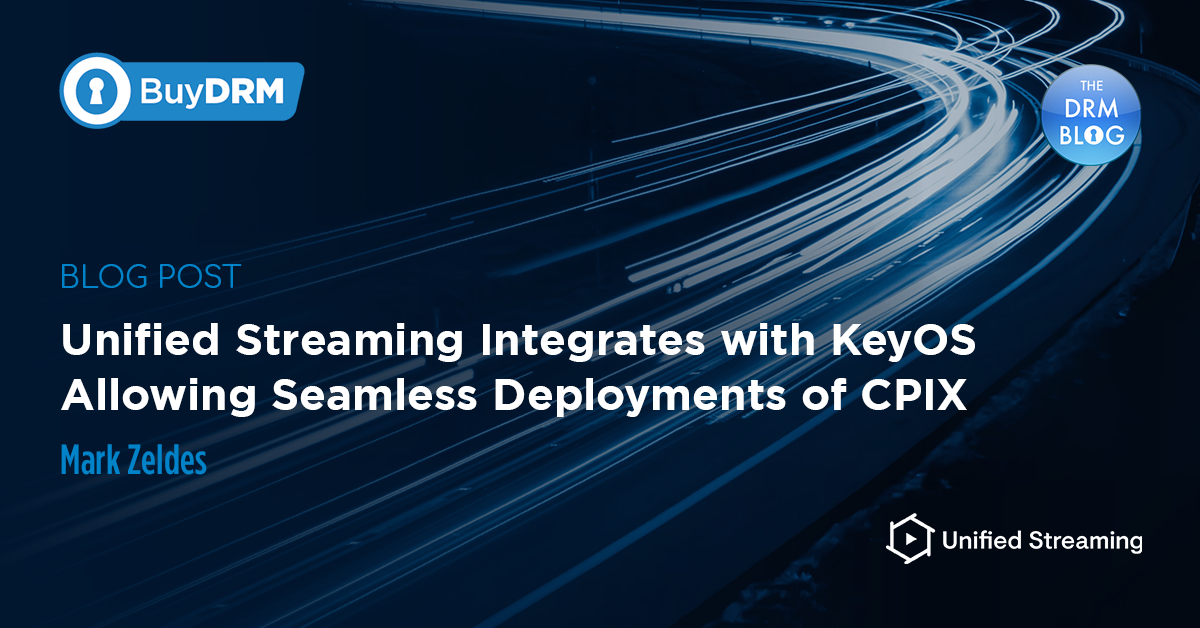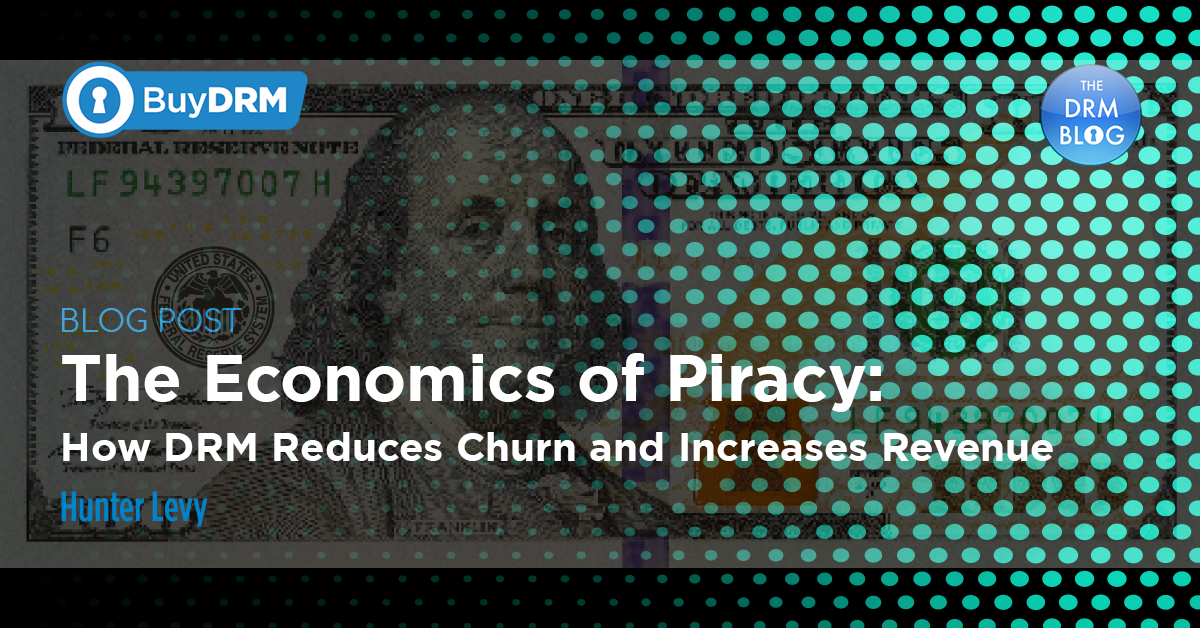For OTT businesses, it's important to keep content protected, prevent piracy and meet consumer demands for high-quality programming.
That means leveraging technologies that will help support your business at every turn. But with so many different technology demands, you may find yourself having to make some challenging decisions about how to best allocate scarce staff resources. Do you focus on delivering quality streams or on keeping information secure?
Your business plan may not be able to accommodate staff devoted to multiple critical projects simultaneously. The key question in many cases becomes whether you should build your multi-DRM solution or trust that critically important work to an experienced DRM business.
Why A Multi-DRM Solution Is Necessary:
OTT security is essential to protect your business and rights-holders. Content protection takes many forms and needs to meet multiple requirements to be effective. Your multi-DRM solution needs to:
- Fulfill various license requirements from content owners whose material is essential to your business model
- Protect content across multiple devices, operating systems and platforms. Each viewing platform has its nuances, including content formats, application development languages, protocols for client-server communication and content protection capabilities. Your multi-DRM solution needs to be built by those with the knowledge and skills to meet these requirements for each platform.
- Support all major DRM platforms. Each DRM tool has different functionalities and security levels. Developing a multi-DRM solution means addressing the services and being able to maintain each tool appropriately.
- License integration. Multiple license services need to be managed and integrated. For example, they all need to use the same entitlement language and be maintained properly.
- Address advanced security needs. Basic content protection obligations are relatively standard. However, if you're licensing premium content, your security obligations are likely to be higher with more DRM security provisions built into your distribution and playback system than with basic DRM solutions.
- Account for breach management. Despite your best efforts, you may end up being the victim of a data breach. Hackers are sophisticated in the ways that they disrupt protocols, steal credentials and can threaten your business. Ongoing security protections are paramount. With a third-party DRM solution, your platform vendor will likely have these provisions as part of its services. That means when a vulnerability is detected, a patch is issued quickly, reducing the risk to your business.
- Maintain excellent quality to meet consumer expectations, including video on demand, downloads and live streaming
- Work across business models, including ad-supported, subscription, transaction or freemium
- Scale accordingly to meet fluctuations in demand for bandwidth
- Achieve a high rate of availability that meets service level agreements
- Broad market reach to support multi screen options and modes including video on demand, live streaming, downloadables and catch-up television
How to Build an OTT DRM Solution:
Given the critical complexities that your multi-DRM solution needs to achieve, the platform you build or choose matters greatly. It's a resource-intensive endeavor if you decide to go at it alone.
Before you can even begin with the build, you need to do some careful planning. Here are a few of the key steps you need to take.
Step 1: Set Your Requirements
You need to establish the business rules that guide your OTT service to build the proper DRM infrastructure. These business rules will determine the features and capabilities of your content, such as offline playback, as guided by both your business model and the guidelines imposed by your content providers. Creating this list is an important step for DRM development.
The target platforms are the next step. Browser-based DRM is fairly straightforward for both desktop computers and mobile devices. If your business plans to also use an app for iOS or Android, you'll need a secure-player software development kit. If your content will be available on smart TVs or OTT devices, you'll need a DRM solution that lets you access those playback devices.
Step 2: Video Encryption
Encoding your content is a key process as you'll need to acquire encryption keys, either directly or via a DRM vendor. Your staff working on a DRM needs to complete the encryption of your videos themselves. There are programs available for a fee or opensource software to complete the encryption process. However, that means additional software programs to learn and master, including the creation of rules, setting permissions, integrating APIs and confirming that the encryption matches the requirements of your licensing agreements.
Step 3: Integrate Licensing and Subscription
You'll need to arrange for integrations between your licensing server and subscription server. Many third-party DRM providers already have APIs available to ease the development and maintenance of this important step. Testing is relatively easy when using an independent multi-DRM provider, most of which supply a testing authorization URL for decoder testing. If you do this work with existing staff, you'll need to build this process yourself.
Step 4: Integration with Media Players
You need to ensure that the encrypted content can operate on the media players your service supports.
Why Building DRM for OTT Solutions Yourself Doesn't Make Sense:
Given the complexities of building a DRM solution for your OTT business, you need to think carefully about whether you want to commit to internal resources. Building out a team is a time-intensive, resource-heavy obligation. The team you hire will also be dedicating its work exclusively to the project for several months.
Once the project is completed, then what? Will you be able to redeploy these employees with specialized development skills to other work. Will they stick around?
As noted above, you will also need to have staff dedicated to ongoing maintenance work. It's inevitable that there will be bugs that need to be fixed, platform upgrades to complete and new content providers that need to be integrated into the business model.
That's why so many OTTs make the smart decision to use a technology partner to build and maintain your multi-DRM solution. At BuyDRM, we provide software that helps with secure licensing management of royalty-based media sent over OTT. Learn more about our services to support your OTT business by contacting us today.












